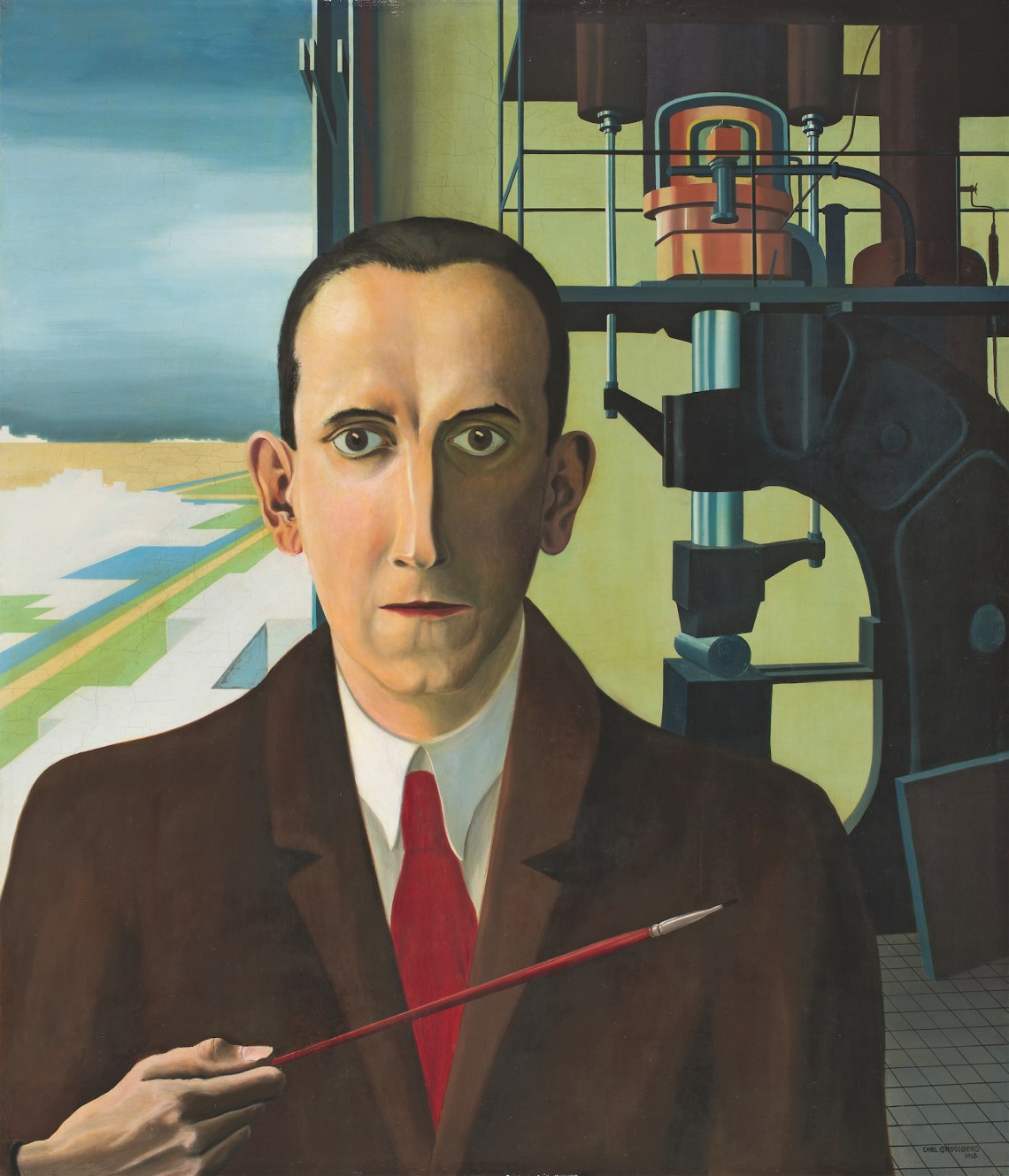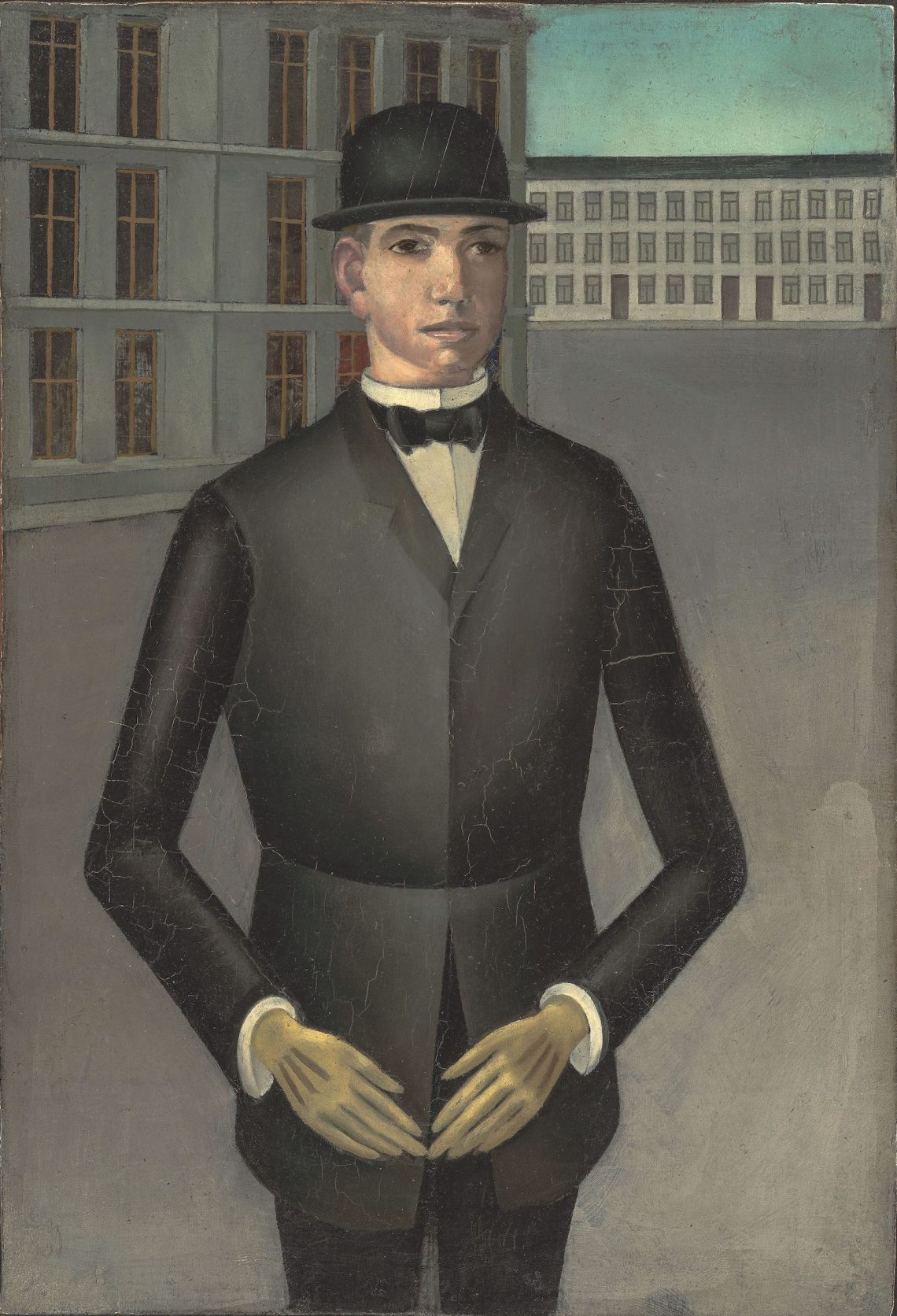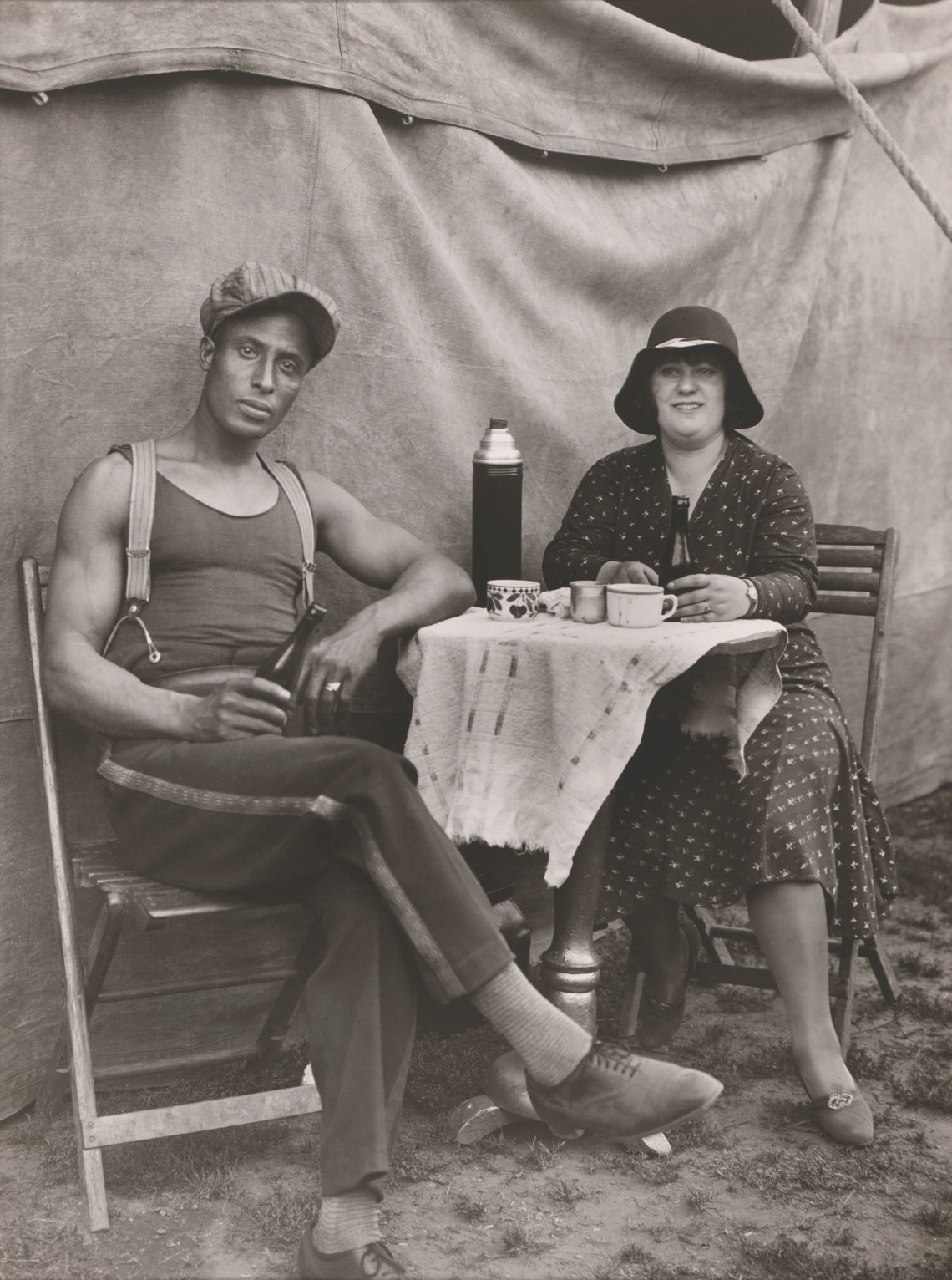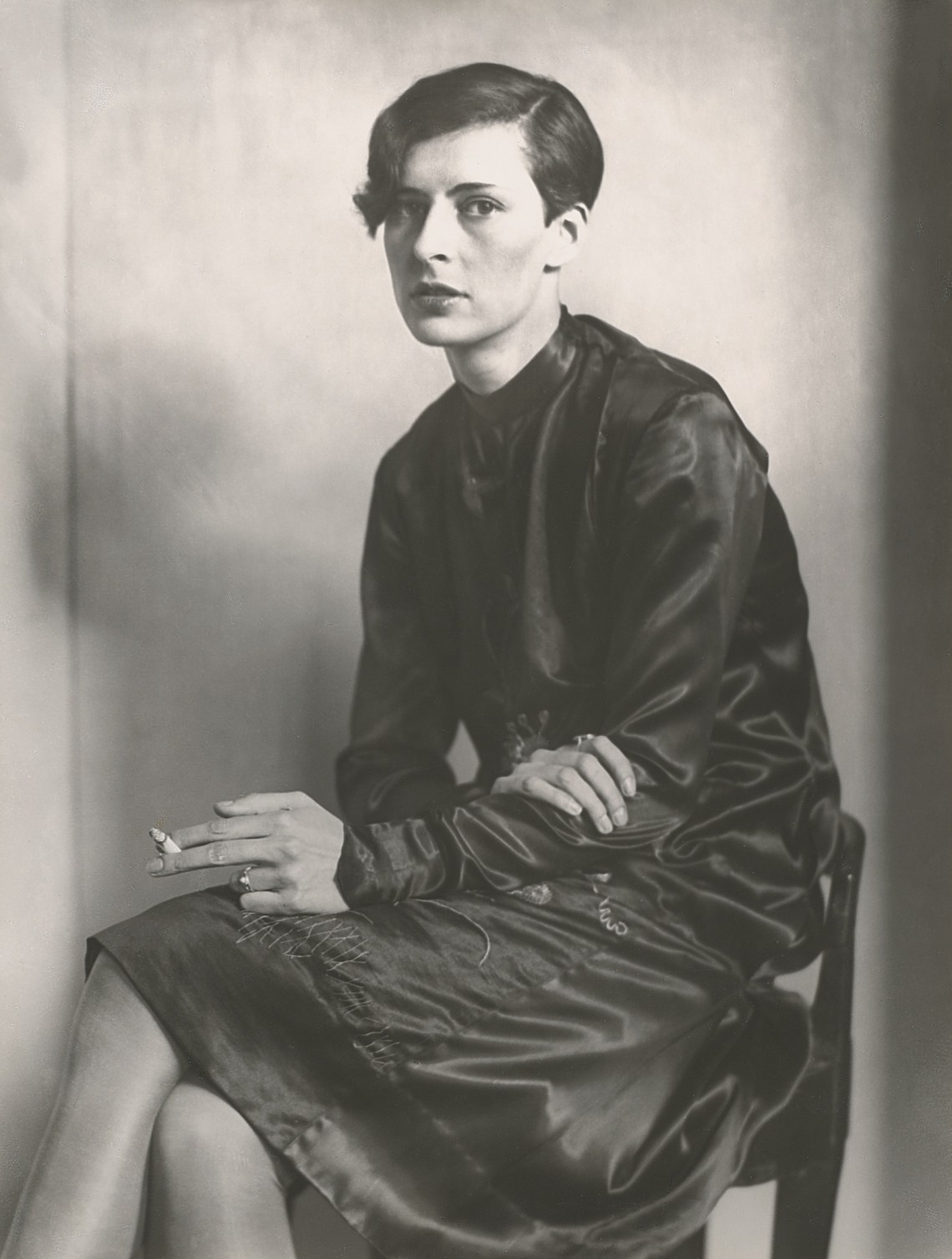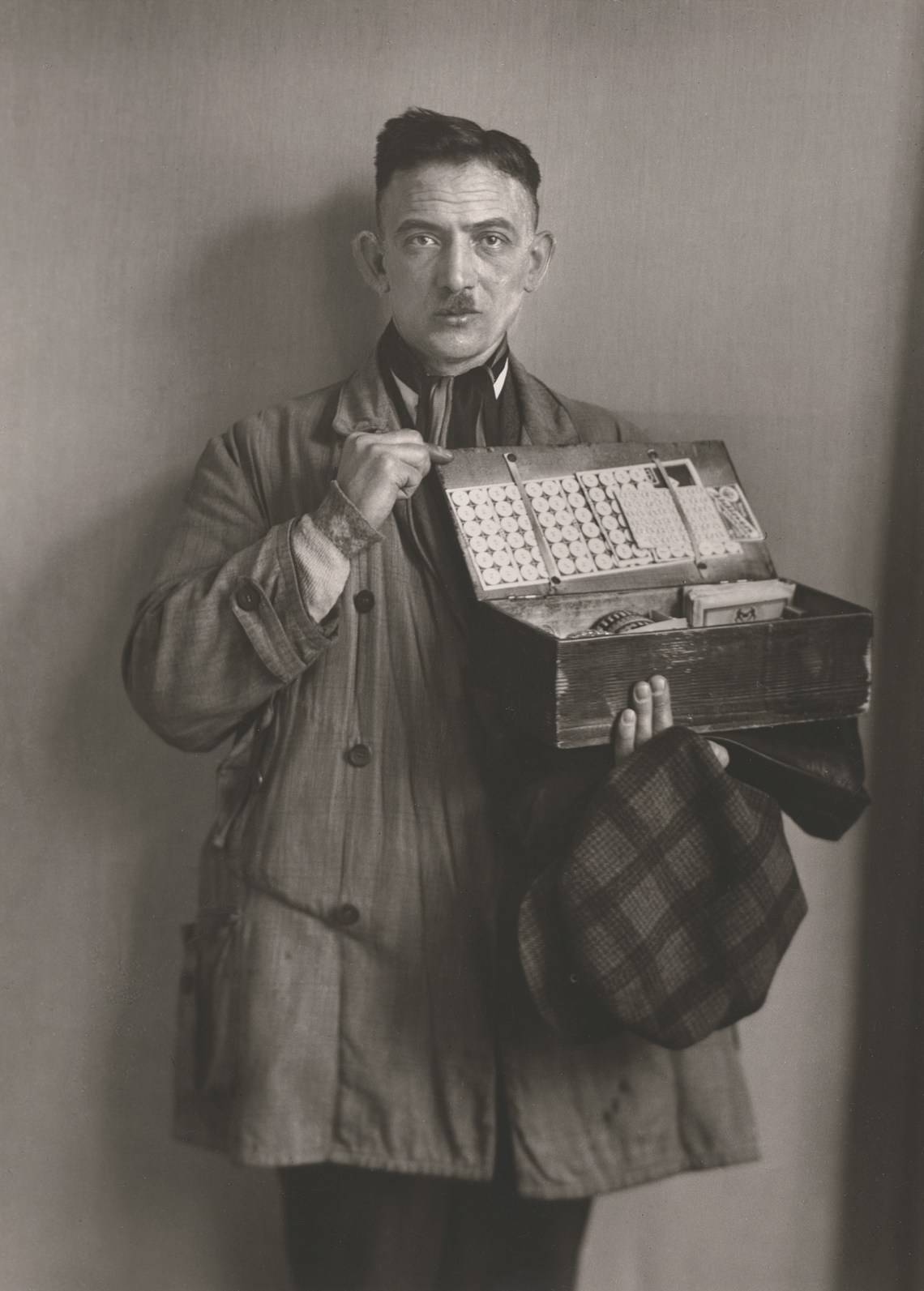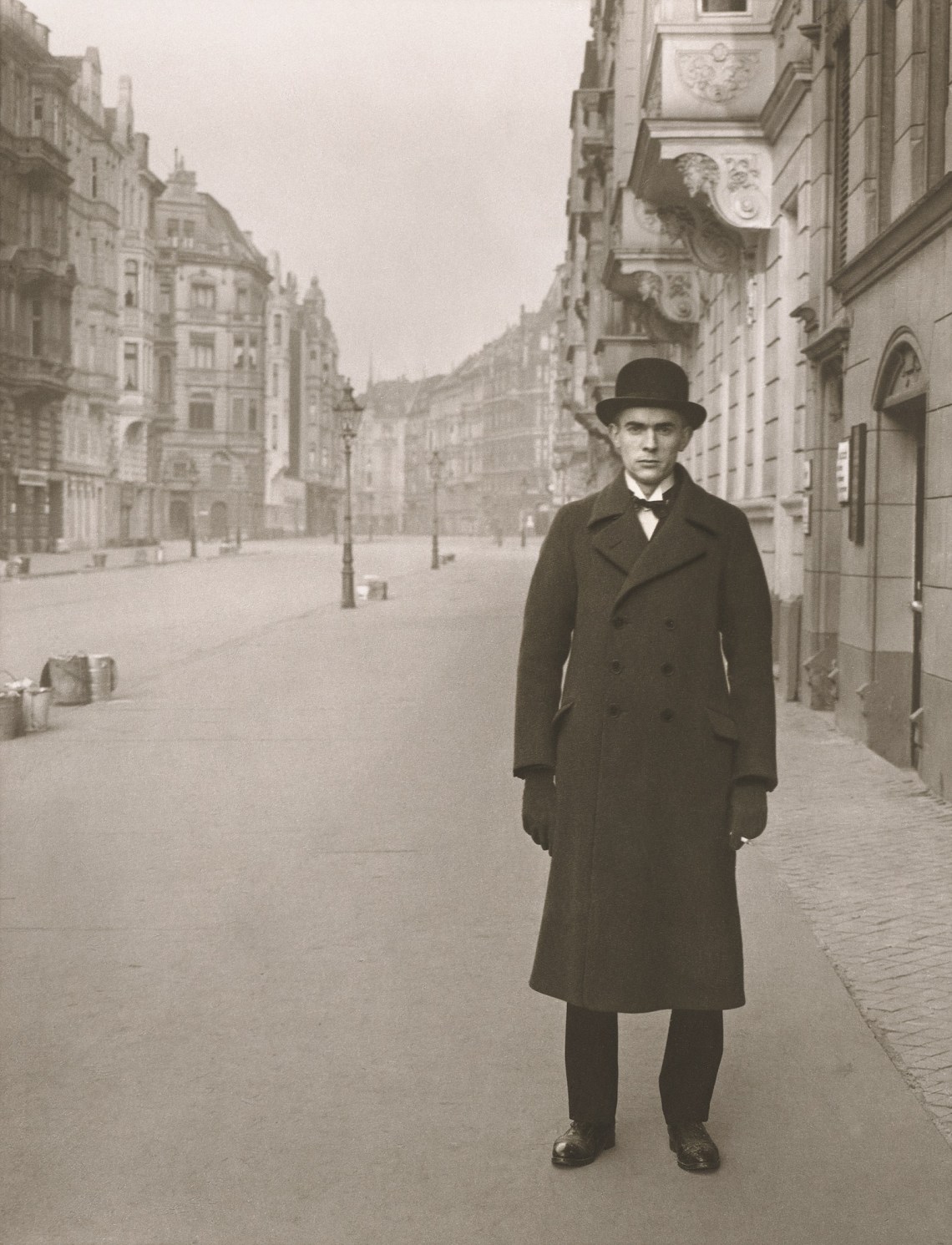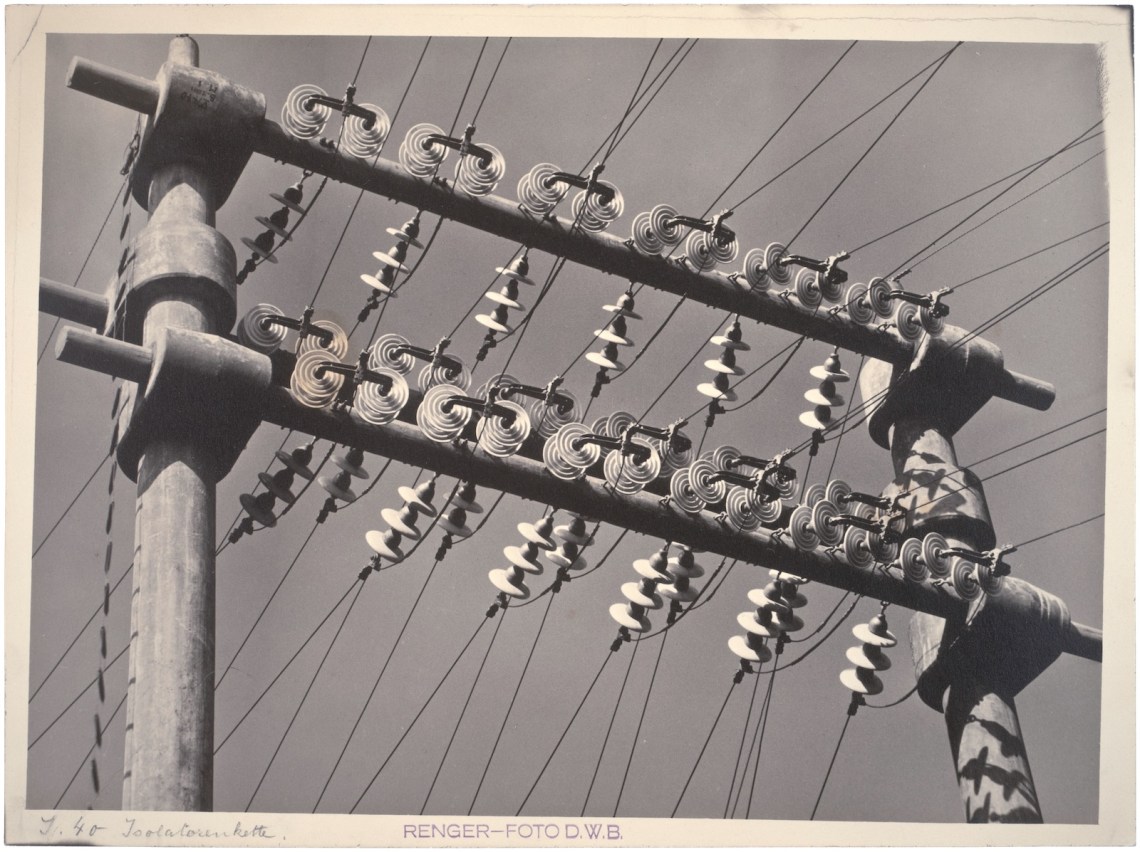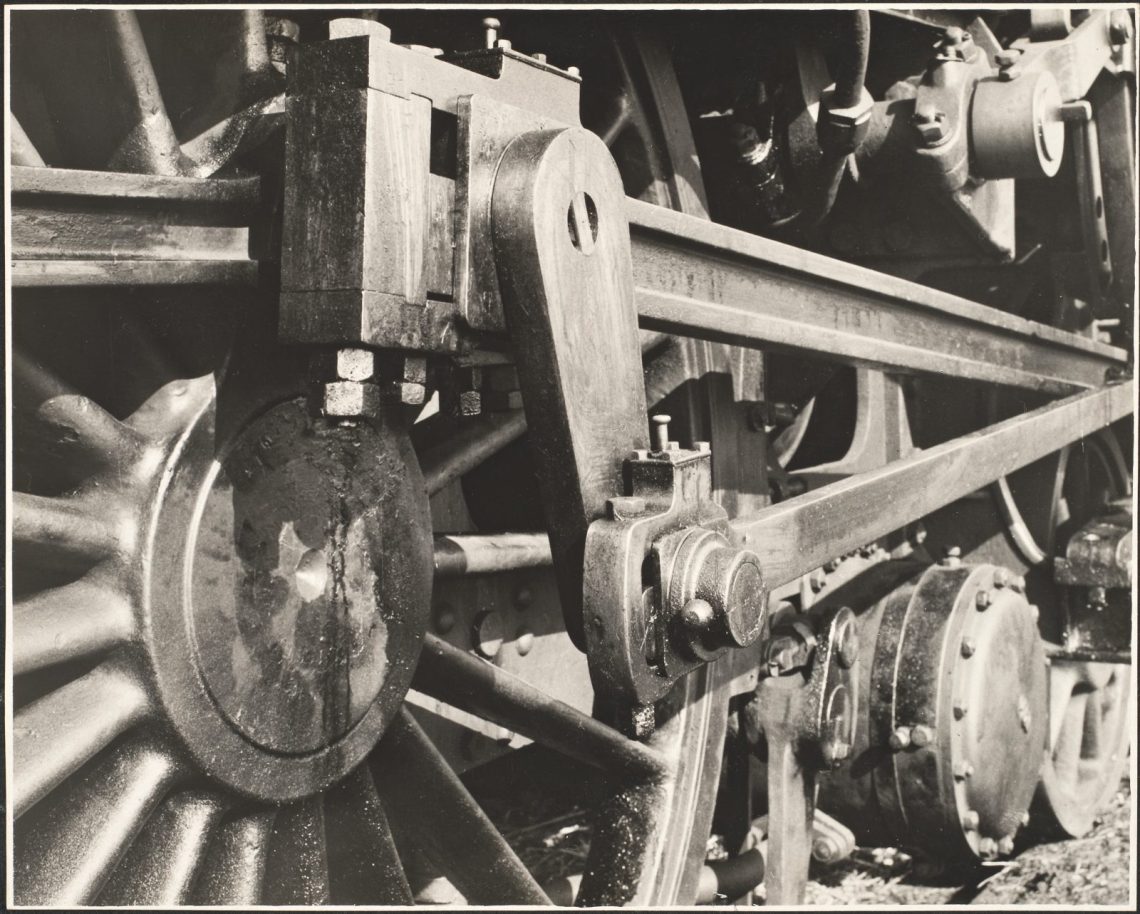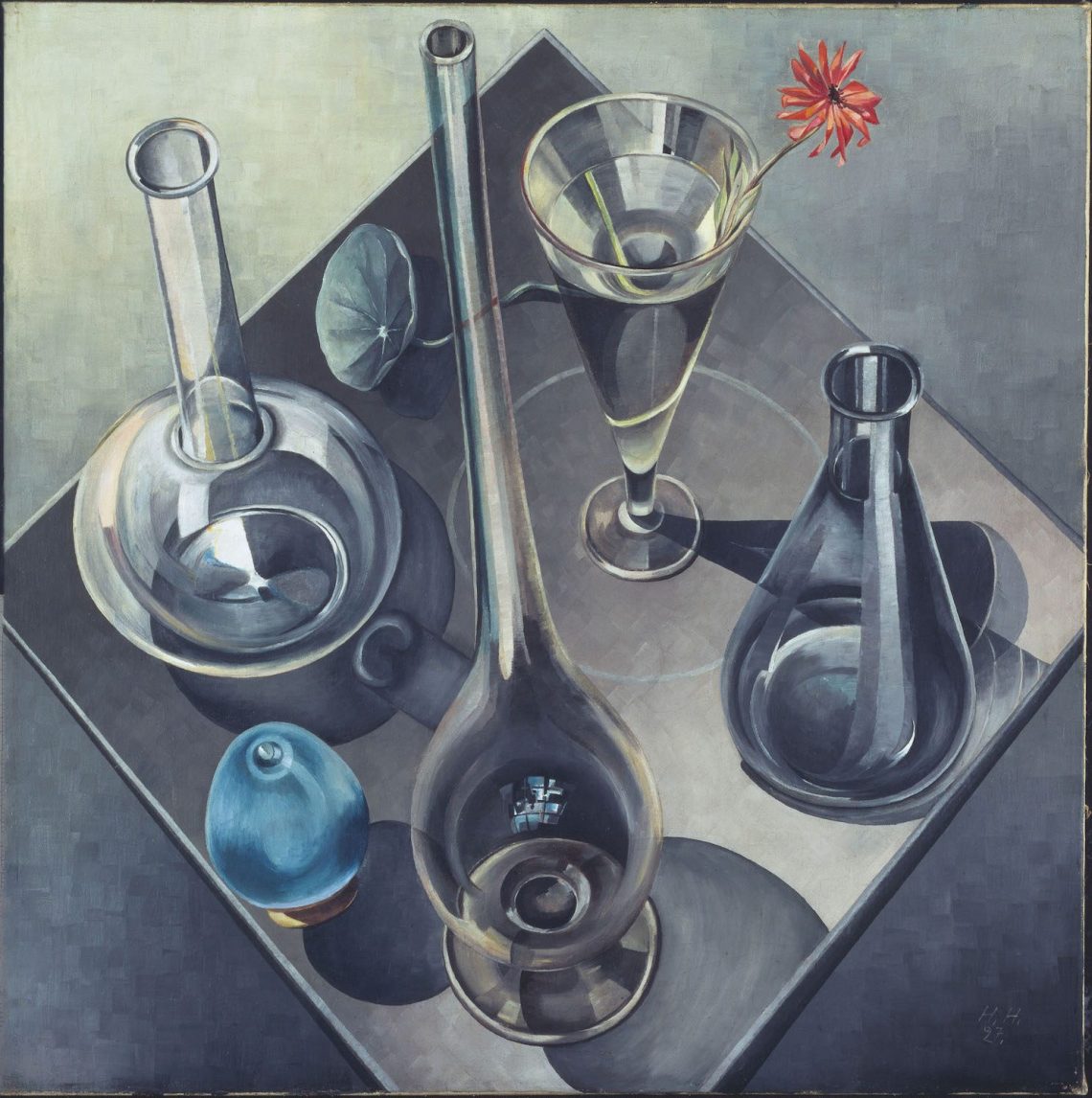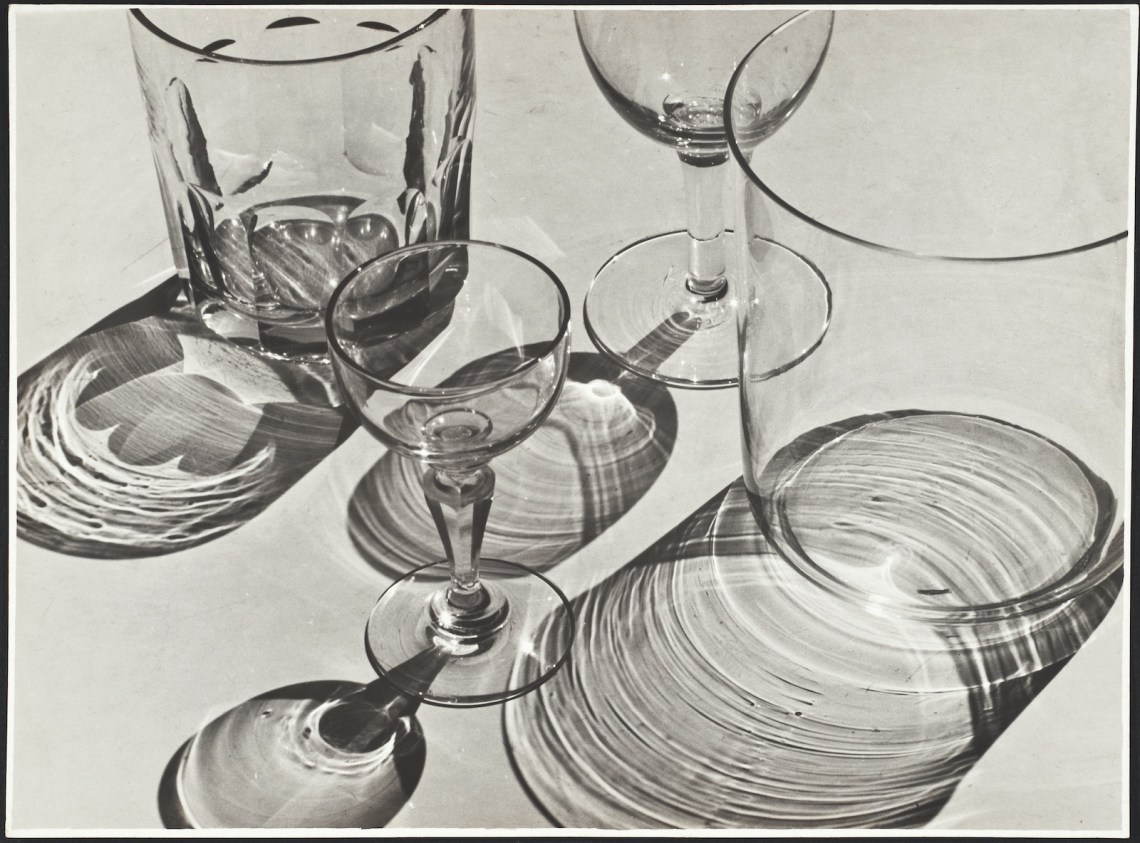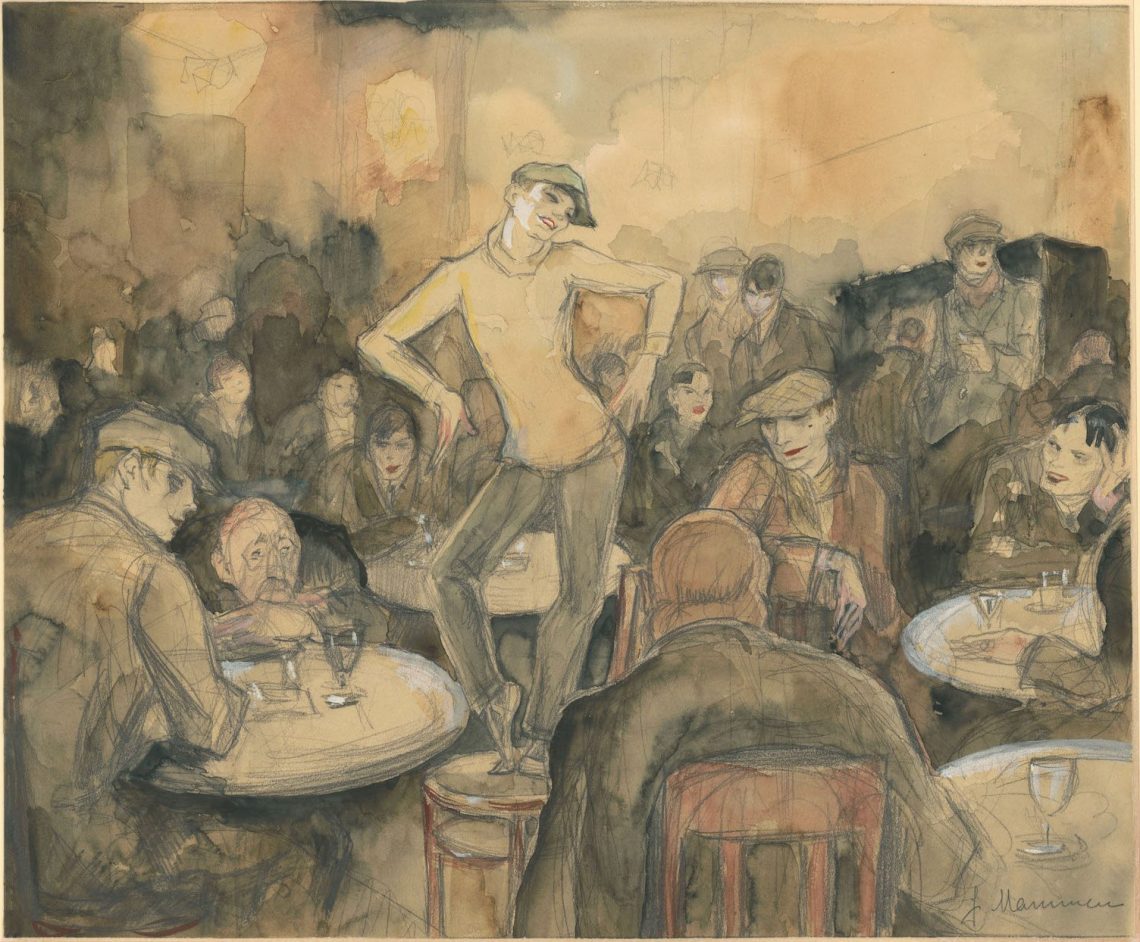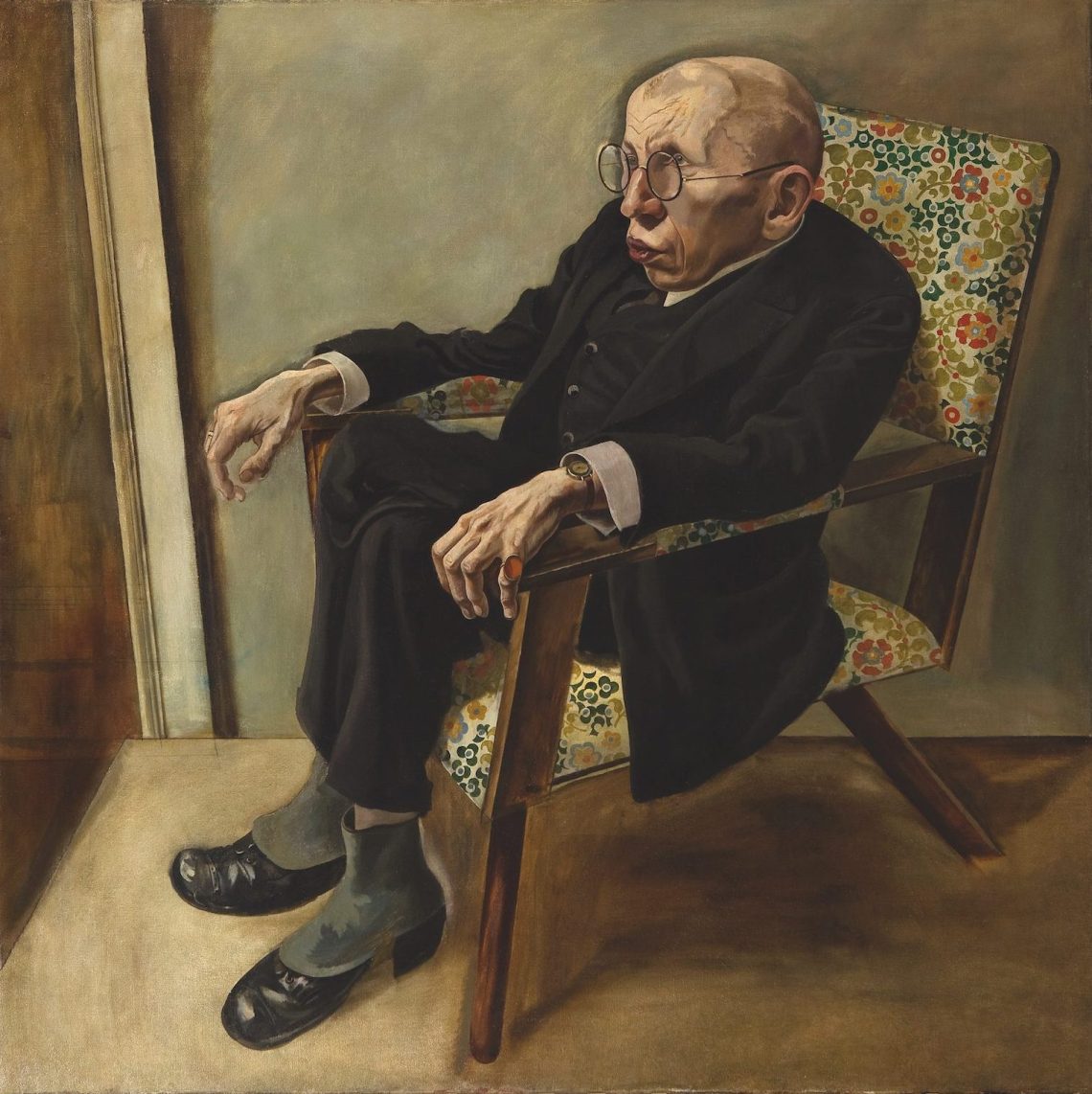In May 1923 the German curator Gustav Friedrich Hartlaub wrote to a coterie of art dealers, collectors, and fellow curators with a concept for an exhibition to which, he hoped, they might lend some pictures. He wanted recent works that were “neither impressionistically relaxed nor expressionistically abstract” but “faithful to positive palpable reality.” A liberal with broad art-historical interests, Hartlaub had appreciated expressionism, Germany’s leading avant-garde tendency before World War I. But expressionism seemed inadequate to the developments that followed. Germans who were invested in the recovery of their social and artistic lives after 1919 felt that the movement celebrated, even exacerbated, the ongoing national chaos; those eyeing revolution often viewed the artists’ emphasis on subjective expression as a sign of social and political withdrawal. Already during the war, and even more thereafter, artists affiliated with political and aesthetic avant-gardes (Hartlaub cites the erstwhile Dadaists George Grosz and Georg Scholz) had been trading “deskilled” or modernist forms like abstraction and collage for figurative painting and drawing. Diverse in style and substance, the new work nevertheless cohered enough for Hartlaub to give it a name: “die neue Sachlichkeit.”
Often translated as “objectivity,” Sachlichkeit connoted less a method than an epochal sensibility—a focus on “palpable reality,” on “things” and “facts” (two words with etymological links in German to Sachlichkeit). After the exhibition opened in June 1925 at the Kunsthalle Mannheim, Hartlaub’s term expanded beyond a broad corpus of painting to describe a host of other forms: documentary photography, functionalist architecture, journalistic fiction, epic theater. “There’s an objectivity [Sachlichkeit] floating in the air,” went the chorus of a popular 1928 song. It was an apt metaphor: the concept was growing vaporous.
Hartlaub admitted as much the following year in a letter to Alfred H. Barr Jr., director of the soon-to-open Museum of Modern Art. At its outset, wrote Hartlaub, Neue Sachlichkeit referred to an “entire mood at that time”—the years riven by the aftermath of mechanized warfare, thwarted revolution, and hyperinflation. Yet by the summer of 1929, near the close of Germany’s period of relative economic stability, the term had lost not only its precision but also its historical necessity. “The buzzword is often misused today,” Hartlaub concluded, “and it is time to abolish it.”
Rather than rejecting it (or pinning it down), an exhibition at the Centre Pompidou reproduces New Objectivity’s original diffusion. The curators, Angela Lampe and Florian Ebner, display dozens of paintings alongside other emblems of 1920s German culture—photographs, films, furniture, home goods, books, archival materials—some of them assimilable to New Objectivity and others not. Visual and tonal echoes abound: a Marcel Breuer chair reappears in two dimensions on a nearby canvas by Karl Hubbuch; Grosz and Anton Räderscheidt paint the boxy, modernist buildings seen elsewhere in photographs by Werner Mantz. When the expected icons of Weimar-era Berlin appear, like Otto Dix’s portrait of the dancer Anita Berber, they do so as pendants of a variegated cultural profusion borne of a society less “stable” than its reformist politicians claimed it was and less amenable to “objectivity” than its cultural officials might have hoped.
Lampe and Ebner use two framing devices to bring these disparate objects together. The first is to divide them across eleven themed galleries dedicated to economic and social phenomena, like “Standardization” and “Transgressions,” or to techniques, like “Montage.” The second is to set the works in conversation with a single project by the photographer August Sander (1876–1964)—his series People of the Twentieth Century, which fills a large, V-shaped area that cuts through the exhibition.
A decades-long, unfinished project, People has long been regarded as exemplary of the New Objectivity, which, coined to describe painting, no doubt lent itself to photography, a medium unrivaled in its clarity or, in Sander’s words, its “terrifying truthfulness.” “Nothing seems better suited than photography to give an absolutely faithful historical picture of our time,” he wrote in 1927. For Lampe and Ebner, People remains productive along these lines: it “runs through the exhibition,” the opening wall text tells us, “in the same way as it ran through its period.” The project was not only historical but also scientific; with it, Sander proposed to document a cross-section of German society. He photographed representatives of various classes and identity groups, fixing them into seven categories with a developmental schema that moved from the pre-industrial “Farmer” to professions formed by industrialization to the “Last People,” namely those with disabilities.
For all the social stratification they display, the photographs have similar compositional formats. Spurning the ornate predilections of earlier studio photography, Sander snaps his subjects in front of blank walls or on the street; centered, they strike demure but evocative poses, rendered in what Dix praised, in a letter to Sander, as “an almost abstractly unreal sharpness.” In a typical scene, an “itinerant actor” (1928–1930) gestures as if mid-monologue. The pose communicates his line of work; the heavy bags under his eyes suggest his profession’s physical toll.
Advertisement
Some later critics have looked askance at People. In 1981 the writer and photographer Allan Sekula chided the “universalism of Sander’s argument for photographic and physiognomic truth,” situating the project within the interlocked histories of bourgeois portraiture, positivist science, and one of photography’s, if not Sander’s, pivotal early functions: the formation of carceral archives. The sharp objectivity of each photograph—its apparent immediacy, even realism—conceals, to Sekula, the technical and historical processes that enabled its production. But while Sekula thought that Sander naturalized capitalism’s social order, some of Sander’s Marxist contemporaries saw a critical impulse in his work.
The Cologne artist, writer, and Sander associate Franz Wilhelm Seiwert thought that People showed great promise. Reviewing Face of Our Time, a 1929 collection of Sander’s photos, Seiwert quotes the preface to Capital to suggest that Sander’s project, if it only had “a sharper and clearer” classification system, would approach Marx’s own “sociological” one. (“Individuals are dealt with here,” goes the citation, “only in so far as they are the personifications of economic categories, the bearers of particular class-relations and interests.”) For Walter Benjamin, too, Sander’s archive was not insidious but instructive. If, as Sekula notes, an emphasis on the legibility of physiognomy and the definition of a subject by their capacity to work would soon serve authoritarian purposes, in 1931 Benjamin could still argue that such recognition fostered class consciousness and solidarity. Ongoing “shifts of power,” he thought, “make the ability to read facial types a matter of vital importance.” Sander’s pictures, in other words, seemed to promise that a person’s face could tell you if they were, or were not, on your side.
*
Sander aside, Benjamin and his peers dismissed New Objectivity, especially in the mediums to which they were most critically attuned: in particular literature, where practitioners prioritized reportage and surface description, and photography, specifically its landscapes and interiors. Purporting to matter-of-factness, such documents offered, to the philosopher Ernst Bloch, “nothing but sheer façade.” Their attention to what was “palpable” concealed whatever contradictions lay beneath. The style’s “deception,” Bloch added, “largely prevents it from being disruptive in the capitalist economy.” In this, the work mirrored the contradictions of one of its main audiences, the emergent white-collar “salaried masses” who Bloch and his fellow critic Siegfried Kracauer thought suffered from false consciousness: they aligned with the bourgeoisie in their habits of consumption despite being closer to the blue-collar workers’ relationship to production.
To the critics, falsity defined writers like Erich Kästner (whom Benjamin charged with “left-wing melancholy” and whose popular, descriptive poetry is excerpted on walls at the Pompidou) and photographers like Albert Renger-Patzsch. The latter’s sharp industrial scenes, some on display in the exhibition, mystified factory conditions rather than clarifying them. Without human subjects, these pictures of the sites and products of the Fordist production that, more and more, drove Weimar Germany’s economic growth made viewers feel that they, too, were exchangeable, thing-like. If a photograph by Renger-Patzsch “can endow any soup can with cosmic significance,” Benjamin offered, it “cannot grasp a single one of the human connections in which it exists.” It’s easy to see his point in the lurching, almost motile stacks of aluminum pots in Aluminiumtöpfe (1925). What was at stake in widespread devotion to objectivity was, in effect, a denial of subjectivity, of human agency.
The problem was not photography itself. To period critics of New Objectivity, photography and especially film were more compatible than painting with the experience of an electrified world, more legible and accessible to the masses whose spirits they might energize—as long as the work was produced with the requisite formal and political vanguardism. Painting, in contrast, was a bourgeois relic. At the same time, the medium clarified New Objectivity’s internal tensions: How, after all, could an image as mediated as a painting be “objective”? How could such an index of slow human productivity affirm the imperatives of a bourgeoisie now managing, and profiting from, industrial production? Many paintings associated with New Objectivity broach the pressing concerns that, to the movement’s critics, its photography and literature obscured.
Advertisement
Taking their cue, directly and indirectly, from the elder Sander, a number of the painters featured here made portraits of representative period subjects. As in Sander’s work, the sitters often affect what the curators, following the scholar Helmut Lethen, call a “cold persona.” These paintings present stone-faced members of the new middle classes (doctors, art dealers, white-collar workers) whose “feelings,” Lethen has written, appear to be “mere motor reflexes, and character is a matter of what mask is put on.” In addition to the expected urban subjects, the Pompidou show includes pictures of menial or artisanal vocations either enabled by the industrial revolution (like Scholz’s rural railway attendant) or transformed by it (Grethe Jürgens’s cagey merchants, wrapped in textiles that cloak the modern business attire they wear underneath). Clear but not cold, Scholz’s picture, Bahnwärterhäuschen (1925), stages an unresolved conflict between new (the streetlights and billboard at left) and old (the small oil lamp and darkened trees at right). His anxious railway attendant opens the gate, waiting for one side to overtake the other. But which?
The fact that Scholz’s canvas is painted with technical precision raises a question central both to New Objectivity’s original formulation and to its postwar reception. Why use old techniques—like figurative painting—in a new world? Hartlaub closes his introduction to the 1925 Neue Sachlichkeit catalog with one answer. Against ongoing threats to art and humanity, artists “have begun to ponder what is most immediate, certain, and durable,” he writes: “truth and craft.”
Compounding the threats of photography and film, Expressionism and Dada mostly rejected traditional painterly craft, which their practitioners linked to bourgeois training and patronage, in favor of spontaneous or otherwise “deskilled” production. Many critics, both then and later, have therefore understood New Objectivity’s reclamation of craft as an endorsement of the old order—the humanist, patriarchal system of Western painting that the avant-garde sought to overthrow. For the critic Benjamin H. D. Buchloh, the artists who called for a return of representation in the 1920s “den[ied] the dynamic flux of social life and history” in favor of an idealized “past culture.” Scholz seems a case in point: a participant in the First International Dada Fair in Berlin in 1920, he spent the second half of the decade in southwest Germany honing his academic technique. Whereas his early work had lambasted the ruling class in straightforward terms, with grotesque caricatures of landowners and politicians, his plaintive country railway scene at the Pompidou offers, on its surface, a kind of romantic anticapitalism.
But the exhibition more often aims to rebut critiques like Buchloh’s, either by showing that some painters associated with New Objectivity literally depicted dynamic social flux (like Jeanne Mammen did in her scenes of queer nightlife) or by arguing for structural affinities between painting and vanguard art (Hubbuch’s montage-like compositions). Some of the selections—like Christian Schad’s earthy portrait of a woman in Italy (1927), where Schad lived and studied the Old Masters—do repeat pictorial conventions of the Renaissance. Others, however, prod at Western painting’s very conventionality. In Weiblicher Akt auf dem Sofa (1928), Scholz illustrates a recumbent nude, a classic exercise. But he pulls back the curtain, painting the period-specific details that academic artists might crop out: trinkets in the right foreground and a gramophone at left. Hannah Höch, better known for her photomontages, offers a covert self-portrait in Gläser (1927), a blurred image of the artist reflected in a still-life’s glass bottle. A nearby wall text notes that glass was a sign for transparency, a guarantee of objectivity. But for Höch, the material implicates the painter’s subjective choices instead—what to paint, where to sit.
Several canvases show their creators with brush in hand and inquire into the painter’s social role at a time of extensive economic and technological change. In Selbstbildnis (1928), Anton Räderscheidt paints himself in a sterile room, standing in front of a canvas that features a portrait of his wife, the artist Marta Hegemann. The two look uncannily alike, as if to identify painting with self-fashioning and gender presentation—or, at the same time, to address the persistent dynamic of man as artist and woman as model. Dressed in business attire and affecting that cold countenance of the middle class, Räderscheidt also signals that, amid contemporary corporatization and the professionalization of artistic labor (often in Germany’s burgeoning advertising and design industries), painting may best be approached as office work. Rendering himself in a suit and tie, the Bauhaus-trained artist Carl Grossberg casts himself as an engineer; having overseen the construction of the machine to his left, one imagines, he will now begin sketches for whatever will become of the blank, boxy structures to his right. In a prior gallery, a close-cropped picture of Franz Lenk’s humble workstation hangs next to an image of cleaning supplies by Hans Mertens. Comparable both in their tone and in their small format, the works identify painting not as office but domestic labor.
Some artists engaged, pictorially and politically, with the proletariat—usually with empathy, if not quite identification. Karl Völker shows workers as a collective on their commutes or breaks, in austere settings, with standardized faces that broadcast shared alienation. Hans Baluschek’s Sommerabend (1928) shows a more differentiated group of couples and children, resting outside in the evening in front of a tenement building. Seiwert’s workers in Die Arbeitsmänner (1925) lack the realist look of Baluschek’s; more Constructivist than New Objective, they are built from colored blocks arranged so that each figure is at once typical and unique, objectified and personalized. Behind them, flat planes of industrial iconography—not unlike the Isotype designs by fellow Cologne artist Gerd Arntz displayed nearby—set the scene.
As the curator Lynette Roth has shown, Seiwert derided much New Objectivity as “bieder,” a pejorative evocation of the pre-1848 Biedermeier era. Like the 1920s, this period had elevated the middle class and, alongside it, realistic paintings with smooth surfaces. Seiwert believed in painting—he was fond, like many Cologne artists, of art from the late Middle Ages—but argued that, if painters were to achieve revolutionary solidarity with the working class, they would have to communicate through form as well as content. To supplement his legible, pictographic style, he made the surfaces of his canvases rough and brushy so viewers could read them as products of Handwerk, physical things made by people—an enlivening model of real, unalienated labor that might cultivate the feeling, in turn, of a collective working subject. Where Hartlaub, in his letter to Barr, stressed the “material foundations” of the new painting’s subject matter, Seiwert stresses the materiality of the painting itself.
*
Postwar skeptics of New Objectivity extended the earlier critique that it affirmed its period’s capitalist imperatives. For critics like Buchloh, the new representational painting was not simply deceptive and elitist but given to pernicious nostalgia. Its artists glorified specific, and significant, periods from the past—antiquity, the Renaissance, and the mid-nineteenth century—which figured in the historical and ideological developments of capitalism and fascism. Indeed, official Nazi art, consolidated in 1937, privileged a chimeric figuration appropriated from these eras: a quasi-Classical, quasi-Romantic kitsch with idealized bodies and remote, out-of-time settings. Some New Objectivity artists, like Grosz, transgressed those formal guidelines and appeared in the “Degenerate Art” exhibition that year (or, because they were Jewish, queer, disabled, or leftists, suffered more extreme persecution). But others, like Schad, participated in the concurrent “Great German Art” show and maintained their careers into the 1940s.
Lampe and Ebner downplay this aspect of New Objectivity’s legacy, distancing it from the Nazis by embedding its artists in German modernism of the 1920s, a milieu that scholars often oppose to Nazi art—as well as to other “returns” of representation, like Soviet socialist realism—on aesthetic and ideological grounds. Still, the curators do admit some continuity between the two periods in an “epilogue” to the exhibition and catalog. Here, one sees that Sander photographed both uniformed Nazis and political prisoners in the style of his prior output and learns about the 1933 “cultural Bolshevism” exhibition at Kunsthalle Mannheim, which eight years earlier had been the site of Neue Sachlichkeit. A meticulous portrait by Grosz of the disabled, left-wing writer Max Herrmann-Neisse (1925) was in both of these shows, displayed first in a positive light, later in a negative one. Now on view in the Pompidou’s second room, it reminds visitors that the Nazi art program, like its politics, was reactive and contradictory, rejecting New Objectivity’s social content while synthesizing aspects of its realist form.
If New Objectivity was “in the air” in the 1920s, then, some of its aesthetic positions and social bases percolated into the Nazi period, sometimes without friction (the catalog contributor Olaf Peters has written convincingly on this dynamic). Some New Objectivity artists had already earned the nationalist tag “New German Romanticism” by 1931; and, as Bloch and Kracauer noted, swaths of the new middle classes who typified New Objectivity’s audience also became supporters of fascism to shore up their newfound status against those of the working class and of migrants flocking to the cities from the countryside and outlying territories, displaced by industry or imperialism. (Just two paintings in the show depict people of color and only one, Lotte B. Prechner’s Epoche [1928], with centrality or sensitivity; the other, by Dix, is a racist caricature.)
While New Objectivity’s artists sought social meaning for their work by relating it to other means of production such as office and domestic labor, the Nazis turned this sensibility into a valorization of “creative work.” Workers, in their view, would defeat alienation not through class struggle but through a uniform commitment to the ethnic nation. The hoped-for collective subject of the Weimar period had dispersed; as in the factory, each worker, instrumentalized, becomes an object. By the mid-1930s, New Objectivity as a term and as a cohort of artists had dispersed, too. But the historical contradictions that structured it held, and hold, fast. The final line of the song’s chorus was prescient: “It’s in the air,” it went, “and not going anywhere!”

